What Is a Traction Battery
If you are looking to purchase an
electric vehicle or an electric forklift, you may have heard the term
"traction battery." But what is a traction battery, and how does it
work? In this article, we will explore the basics of traction batteries, their
functions, and their advantages.
Traction batteries are
rechargeable batteries used for powering electric vehicles (EVs), forklifts,
and other industrial equipment. These batteries are designed to deliver high
power output and have a long cycle life.
The technology used in traction
batteries has improved significantly over the years, with new and advanced
materials used in their manufacturing. In this article, we will dive deeper
into the world of traction batteries and explore the different types of
traction batteries available, their advantages, and the factors to consider before
buying one.

What is a Traction Battery?
A traction battery is a
rechargeable battery designed to power electric vehicles, such as cars, trucks,
buses, and forklifts. Traction batteries have a high-power output and can
deliver sustained energy to move the vehicle or equipment.
Unlike a standard car battery that
provides power to start the engine, a traction battery provides power to turn
the wheels of the electric vehicle or equipment. Traction batteries are made up
of multiple cells, each producing a voltage of around 2 volts, which are
connected in series to produce the required voltage.
Difference Between Traction Battery and Normal Battery
Traction batteries are available in flooded and VRLA designs,
as well as 2-volt and monobloc battery constructions. Positive plates in these
designs can be flat plate or tubular plate designs. Due to the requirement of
maintaining uniform compression of the glass fiber mat used for the separator
in the AGM variant of the VRLA construction, only flat plate versions are
suitable. In general, tubular traction batteries with tubular positive plate
constructions have a longer cycle life than flat plate battery designs. The
enclosed tube construction design (Fig 2) keeps the positive active material
firmly against the conducting lead alloy spine during the traction battery's
deep discharge cycles.
Also, See: Electric Car Components
Types of Traction Batteries
Traction batteries come in
different types, each with its own advantages and disadvantages. The most
common types of traction batteries are lead-acid batteries, lithium-ion
batteries, and nickel-metal hydride batteries.
·
Lead-acid Batteries - Lead-acid
batteries are the oldest type of traction battery and have been used for more
than a century. These batteries are relatively cheap, have a long cycle life,
and can withstand a wide range of temperatures. However, they have a low energy
density, are heavy, and require regular maintenance.
·
Lithium-ion Batteries - Lithium-ion
batteries are the most popular type of traction battery in use today. They have
a high energy density, are lightweight, and have a long cycle life. Lithium-ion
batteries also require less maintenance than lead-acid batteries. However, they
are more expensive and can be dangerous if not handled correctly.
·
Nickel-metal Hydride Batteries - Nickel-metal
hydride batteries were popular in the past, but they are now less common. They
have a higher energy density than lead-acid batteries but are heavier than
lithium-ion batteries. They also have a shorter cycle life than lithium-ion
batteries and are more expensive than lead-acid batteries.
What Is a Traction Battery Pack Life?
The number of standard deep charge-discharge cycles that a
traction battery can perform until it reaches 80% of its rated or nominal
capacity defines its life.
The specification of a traction battery is critical in
providing a long and trouble-free service life. To accomplish this, several key
aspects of the traction cell construction ensure that they can withstand the
demands of the traction battery warranty and cycle duty. The traction battery's
key components are the positive grid alloy, the spongy lead formula, the active
material chemistry and separation method, plate support, and traction battery
cooling parts.

Advantages of Traction Batteries
There are several advantages to
using a traction battery over a traditional fossil fuel-powered engine. Some of
the most notable benefits include:
·
Sustainability:
Traction batteries provide a sustainable and environmentally friendly power
source for electric vehicles and industrial equipment. They do not emit harmful
pollutants or greenhouse gases, making them a cleaner alternative to
traditional combustion engines.
·
Efficiency:
Traction batteries are highly efficient, converting stored energy into motion
with very little waste. This makes them ideal for use in electric vehicles and
industrial equipment, where efficiency is critical for performance and range.
·
Low Maintenance: Traction batteries require minimal maintenance compared to traditional
combustion engines. They do not have many moving parts and do not require oil
changes or regular tune-ups. Regular maintenance includes checking the water
levels, keeping the battery terminals clean, and monitoring their performance
regularly.
·
Longevity:
With proper maintenance, traction batteries can last for many years, providing
reliable power to your equipment. This reduces the need for frequent
replacements, saving you money in the long run.
·
Quiet Operation: Traction batteries operate quietly, producing very little noise
pollution compared to traditional combustion engines. This makes them ideal for
use in residential areas, hospitals, and other noise-sensitive environments.
·
Regenerative Braking: Traction batteries can take advantage of regenerative braking, which
recovers energy lost during braking and stores it back into the battery. This
increases the battery's efficiency and range, making it ideal for use in
electric vehicles and industrial equipment.
·
Versatility:
Traction batteries can be used in a wide range of applications, from electric
vehicles to forklifts and other industrial equipment. They are also available
in a variety of chemistries, including lead-acid, lithium-ion, and nickel-metal
hydride, allowing you to choose the best option for your specific needs.
Overall, traction batteries offer many advantages over
traditional combustion engines, making them an ideal choice for electric
vehicles and industrial equipment. They provide sustainable and efficient
power, require minimal maintenance, and offer long-term reliability and cost
savings.
What Is a Traction Battery Made Up Of?
|
Component |
Construction Material |
Application |
|
Negative
Battery Grid |
Low SB Lead
Alloys - Pb/Ca/Sn/Al alloy |
Standard
flooded 2v traction cells - VRLA, Gel & low maintenance battery |
|
Tubular Positive Spine grid |
Low
Sb lead alloy - Pb/Ca/Sn/Al alloys |
Standard
flooded 2v traction cells - VRLA, Gel & low maintenance battery |
|
Positive
active material |
PbO2 dry filled
3.6 - 3.8 gms/cc |
All types of
tubular lead acid 2v cells & batteries |
|
Negative active material |
Spongy
Lead 4.4 gms/cc |
All
types of lead-acid 2v tubular cells & battery |
|
Battery
Gauntlet |
Woven &
Non-woven - Polyester, PET/PBT/PP |
2v batteries
& cells - lead acid batteries |
|
Battery Separator |
Polyethylene,
Microporous rubber & PVC Battery separators |
All
types of tubular batteries, including TGel maintenance-free cells |
|
Top strap
lead alloy |
Low SB lead
alloy - lead / 2-4% Sn alloy |
Flooded 2v cells
& monoblocs, VRLA 2v cells & monoblocs |
|
Electrolyte |
1.29
+ - 0.1SG H2So4 liquid |
Standard
flooded 2v cells |
|
Vent cap or
vent plug |
Polypropylene
open-top plugs |
Standard
flooded 2v cells |
|
Traction Battery Connector |
Lead-plated copper cable |
all
kinds of 2v Battery |
Also, See: Top Lithium-Ion Battery Manufacturers in India 2023
Maintenance of Traction Batteries
Traction batteries require regular
maintenance to ensure their longevity and performance. Some maintenance tasks
that should be performed regularly include:
·
Checking the water levels in lead-acid batteries
·
Keeping the battery terminals clean
·
Avoiding deep discharges of the battery
·
Storing the battery in a cool, dry place
·
Monitoring the battery's performance regularly
What is a traction battery choice for your EV?
Over 90% of the 2v traction batteries used in the forklift
market are flooded tubular plate batteries, which make up the majority of the
EV traction battery market. These are typically used in multiples of six to
create 12-volt forklift batteries, 24-volt traction batteries, 36-volt forklift
batteries, 48-volt forklift batteries, or 80-volt forklift battery packs, with
80 volts breaking the series progression and serving as the upper limit for the
majority of forklift manufacturing companies. When used in boom lifts, traction
batteries of 12 volts are categorized as semi-traction.
Based on their national standards, different countries have
standard traction battery container sizes for forklift manufacturers. The
majority of forklifts in India, including * Nilkamal forklifts, Godrej
forklifts, Josts forklifts, Toyota forklifts, Kion forklifts, Hyster forklifts,
*, etc., will use a DIN or BS standard size of the traction battery cell.
*Disclaimer: All brands mentioned belong to the respective companies; Microtex is
not part of them. The external dimensions, pole arrangement, and anticipated
capacity are determined by this. Forklifts with 48v lithium-ion batteries are
also becoming more common.
Battery containers for forklift trucks come in standard sizes
that are multiples of the relevant cell dimensions. These dimensions
demonstrate the expected cell and container sizes for BS and DIN standards.
Beyond just selecting the appropriate capacity, which is obviously crucial,
there are other factors to take into account when choosing a battery. Other
elements that affect battery selection include:
·
The
make and size of the forklift
·
Application
·
Length
of operation
·
Location
·
Maintenance
resources
Conclusion
Traction batteries are an
essential component of electric vehicles and industrial equipment. They provide
a sustainable and environmentally friendly power source, but it is important to
consider their maintenance and various factors before purchasing one. Whether
you are looking for a lead-acid, lithium-ion, or nickel-metal hydride battery,
choosing the right traction battery for your equipment is crucial to ensure
long-term performance and efficiency.
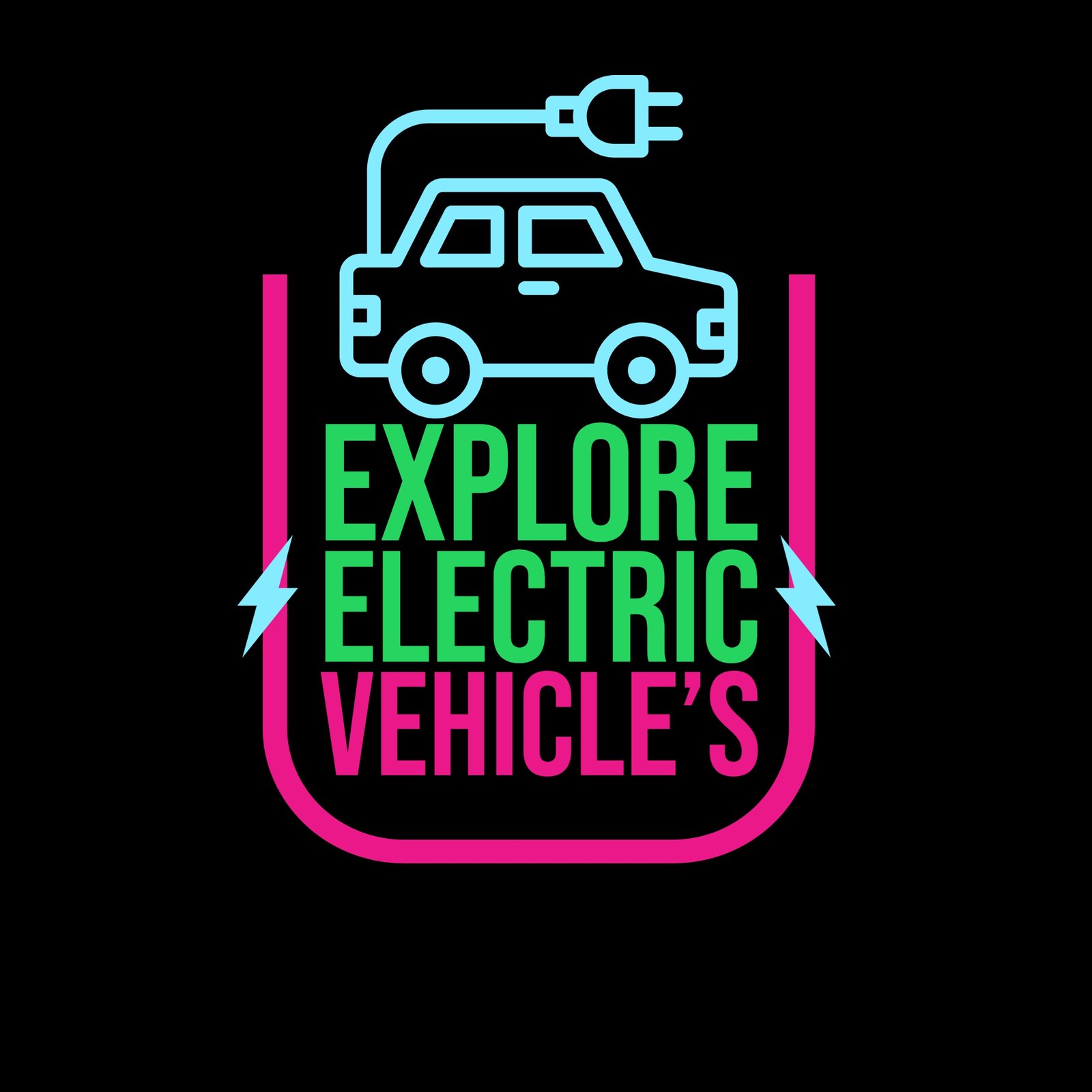

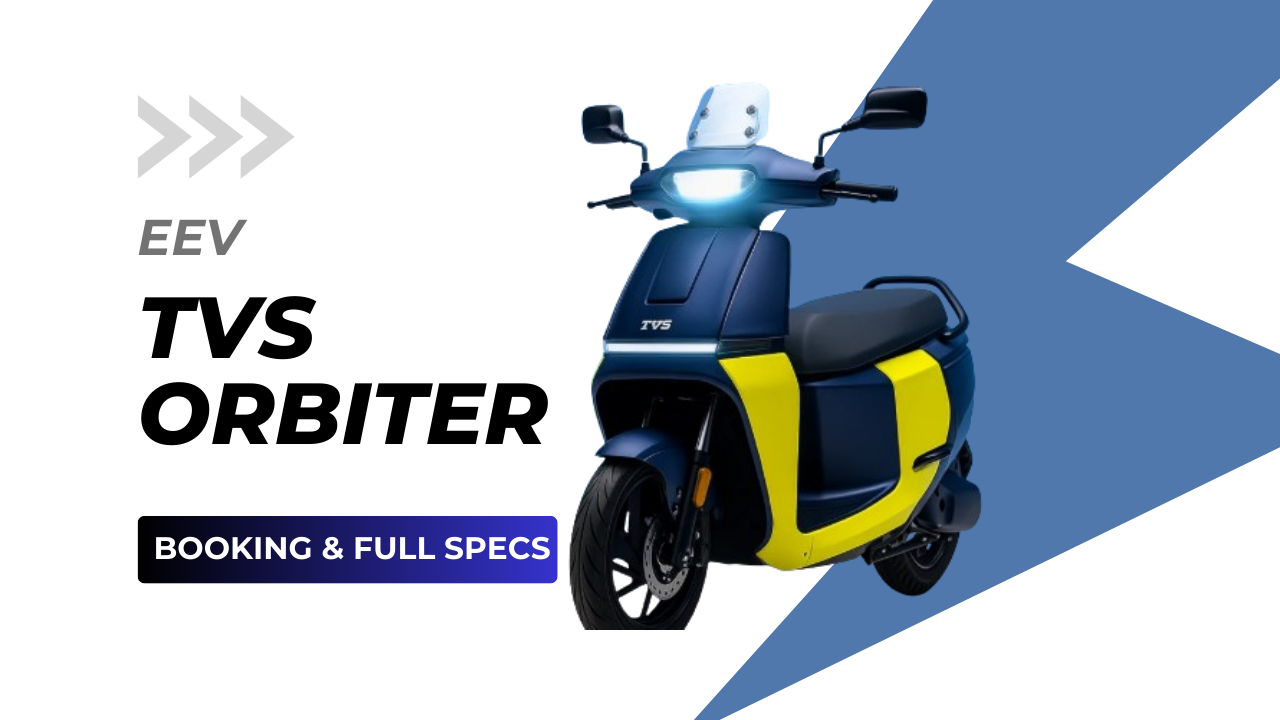
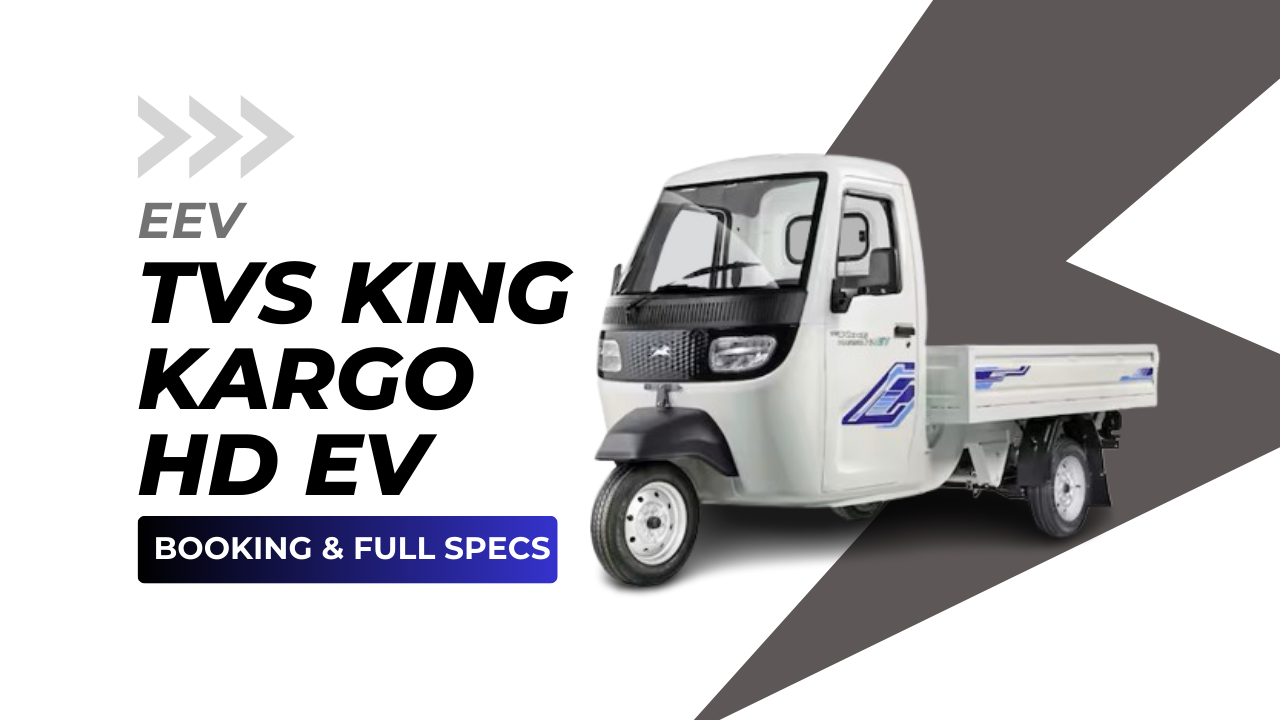


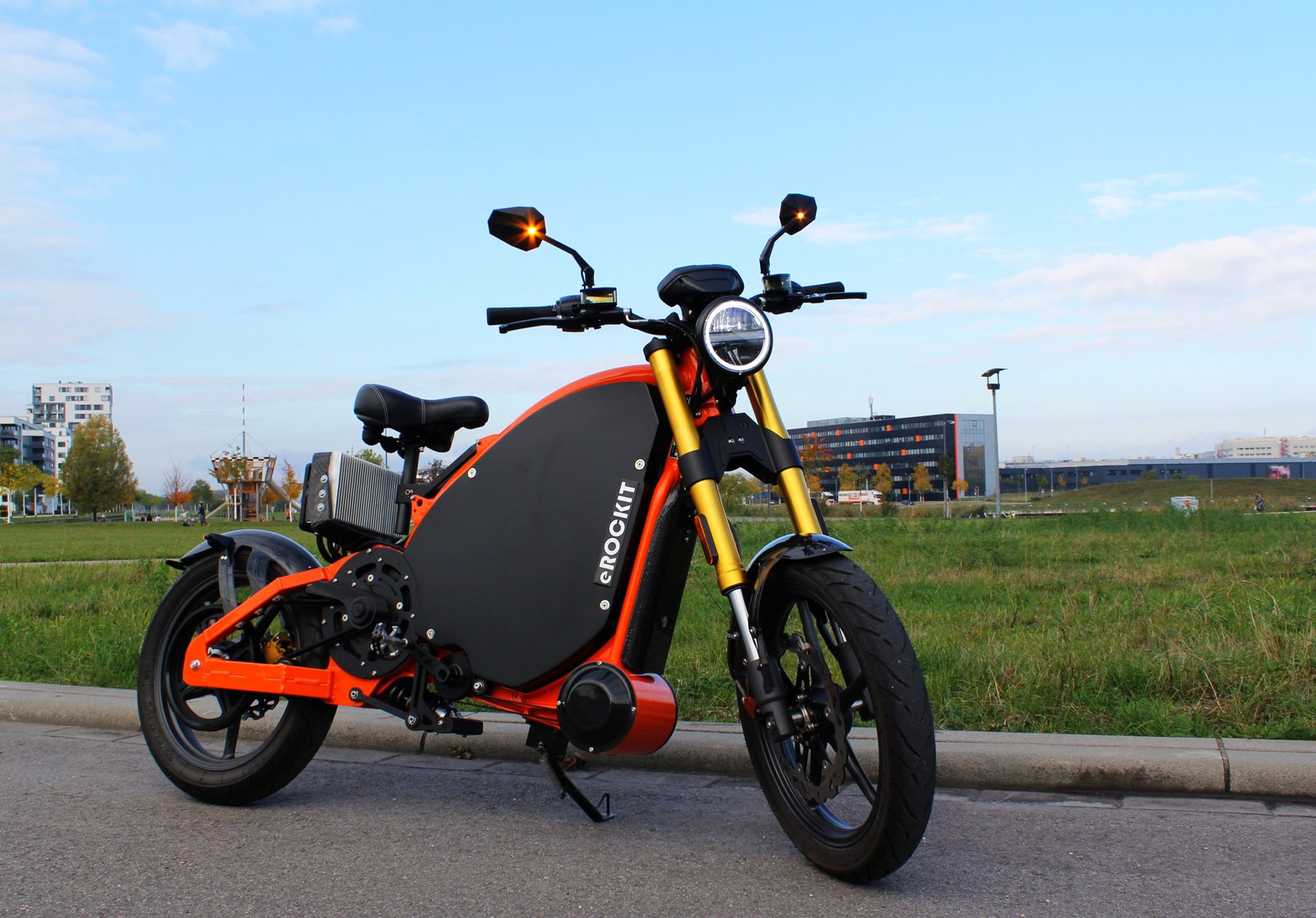

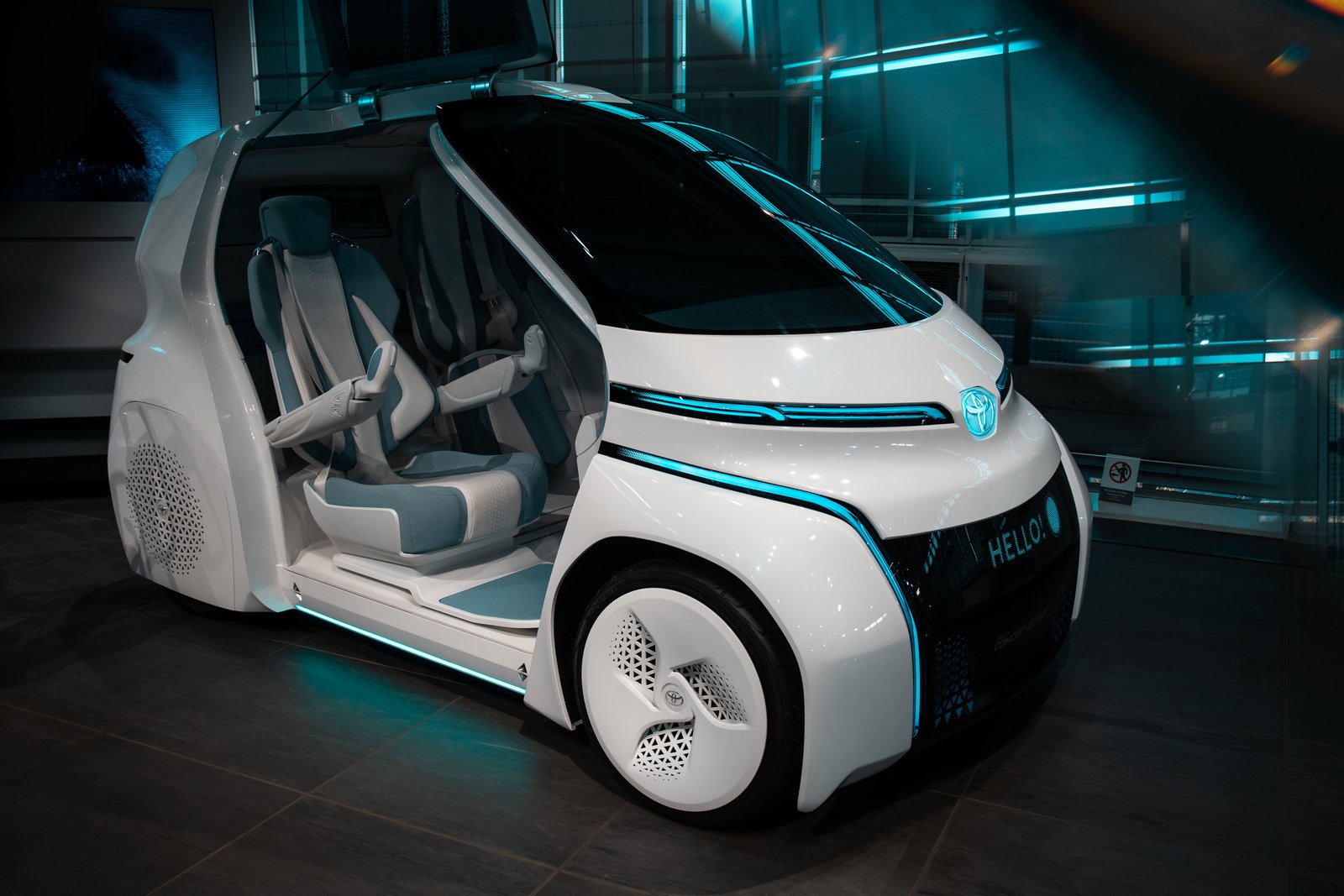
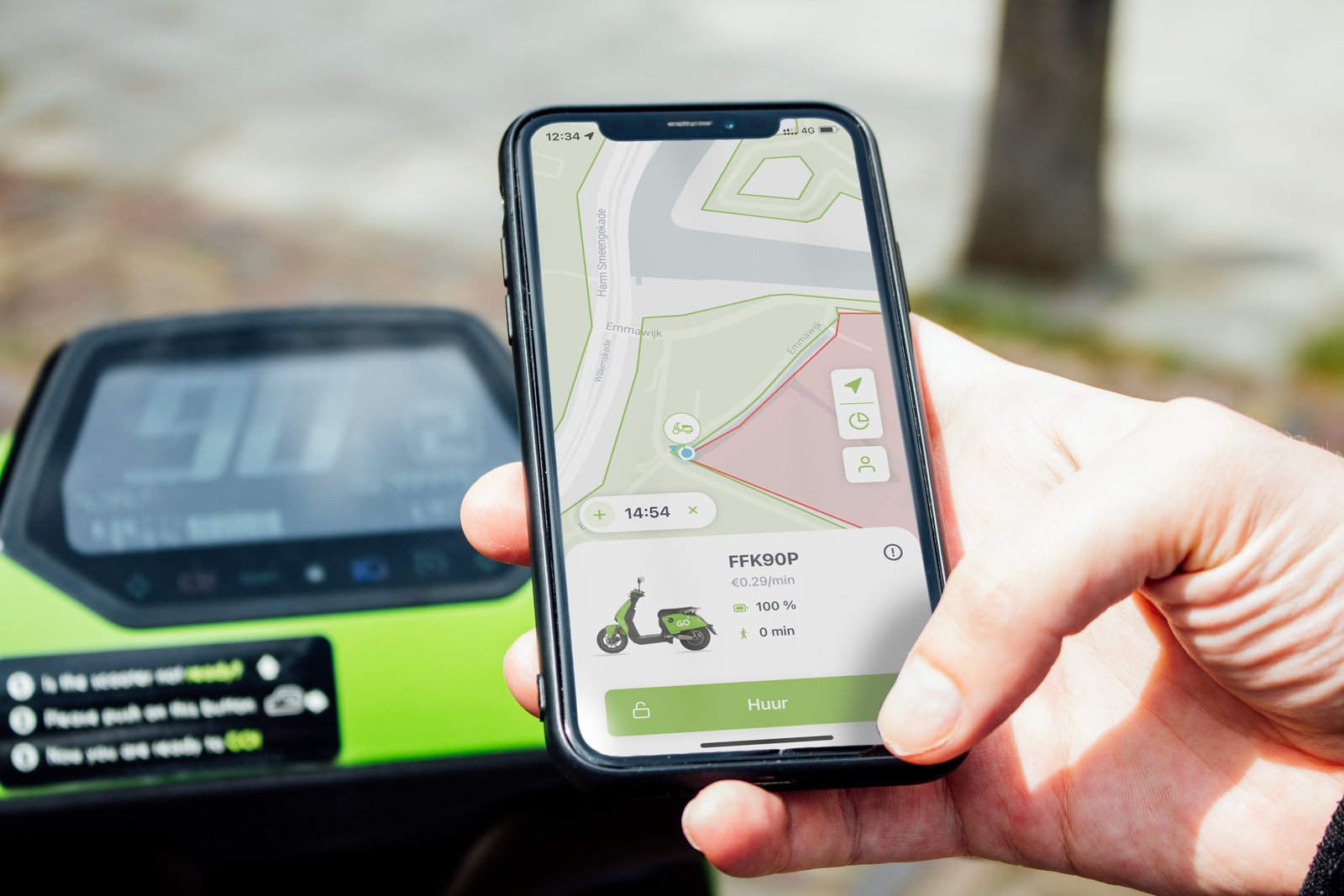
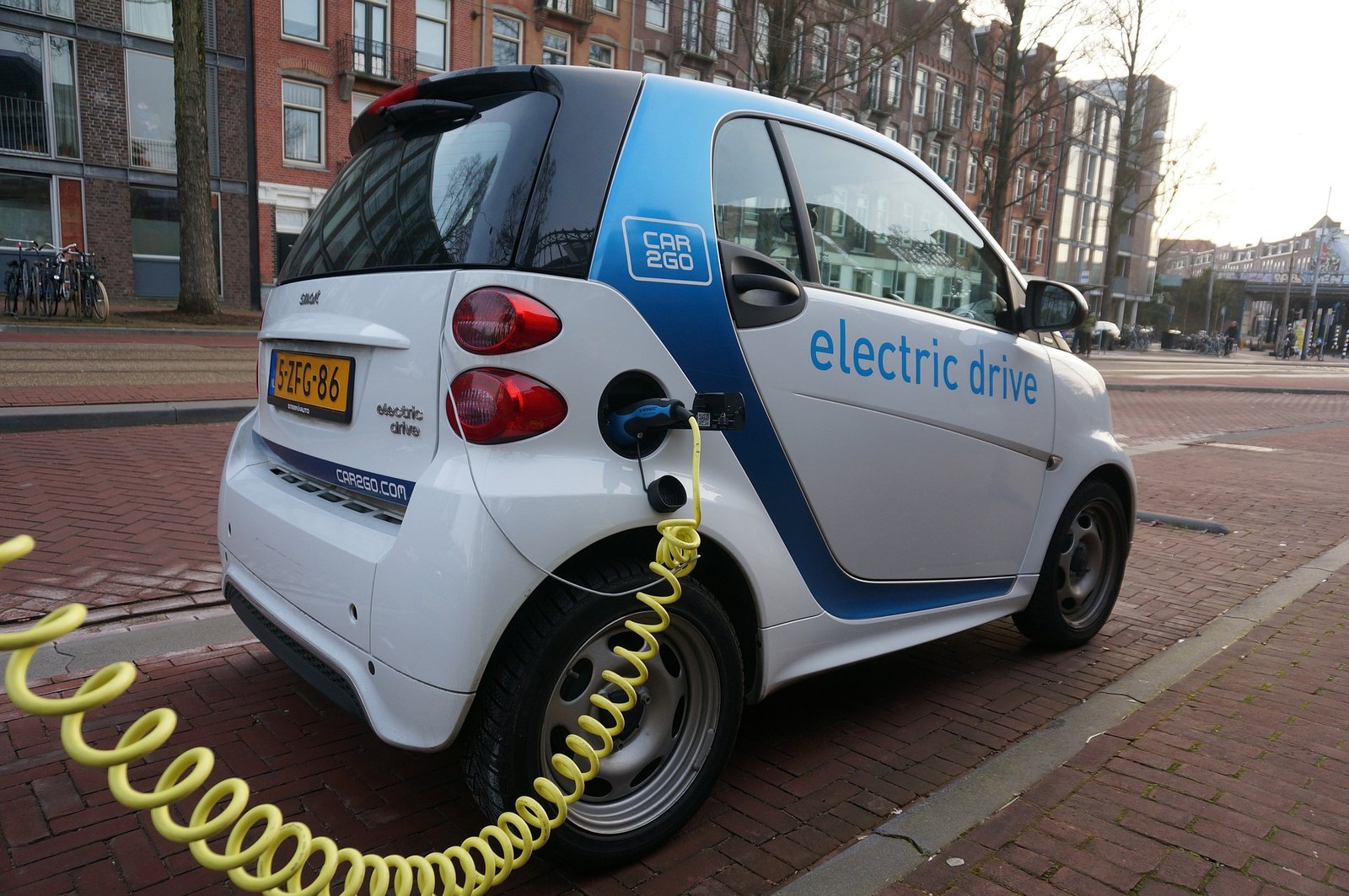

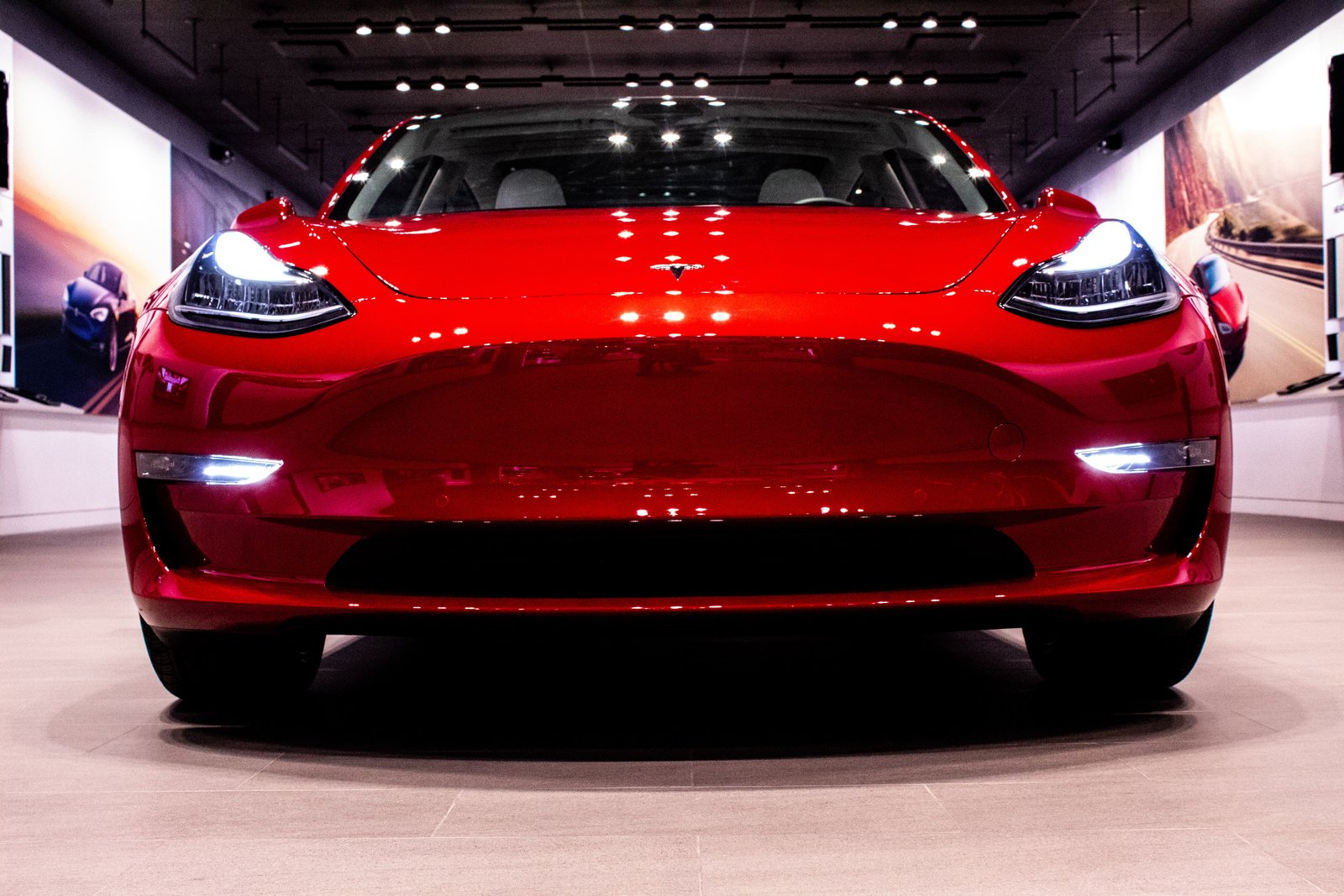
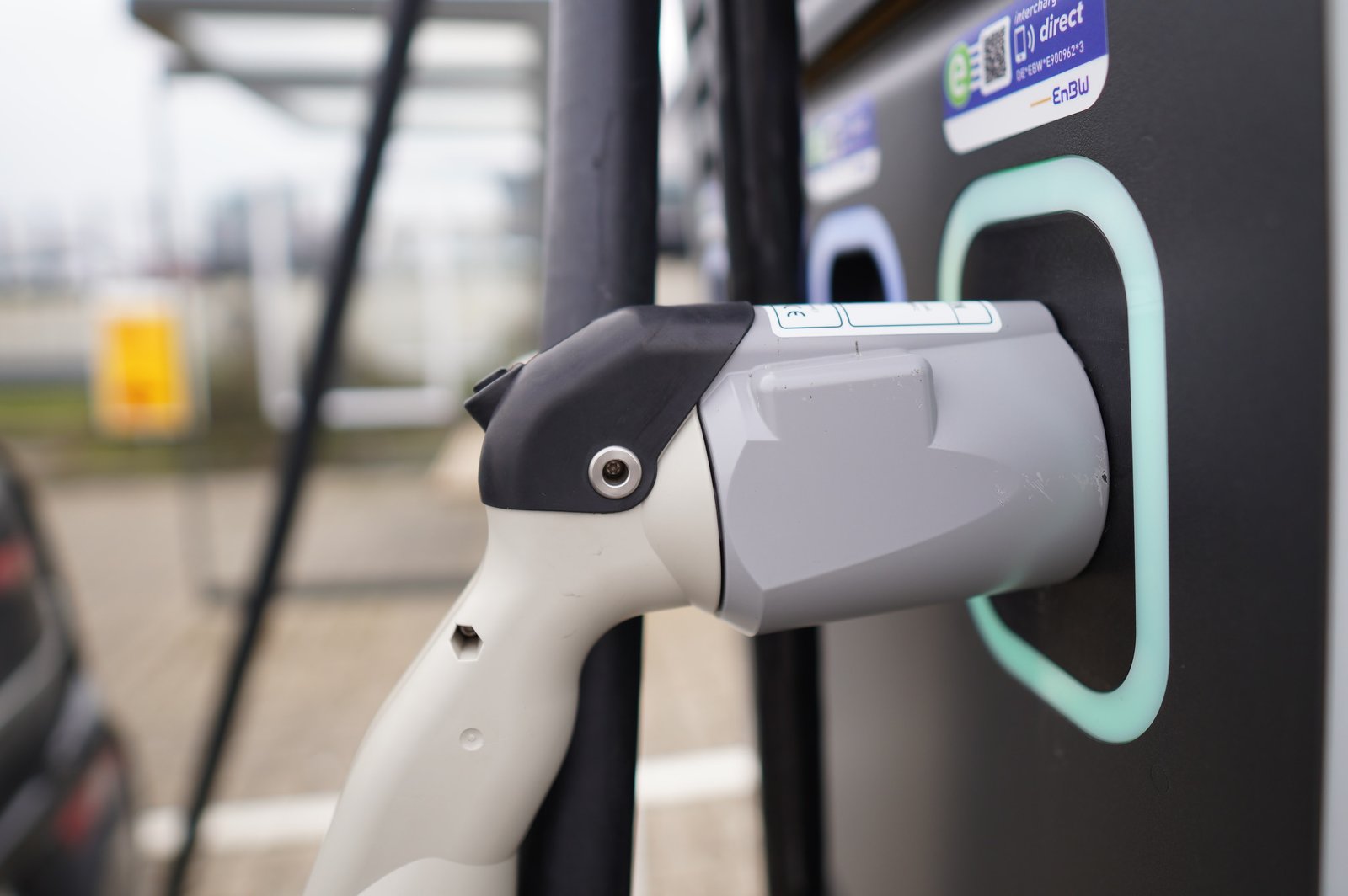
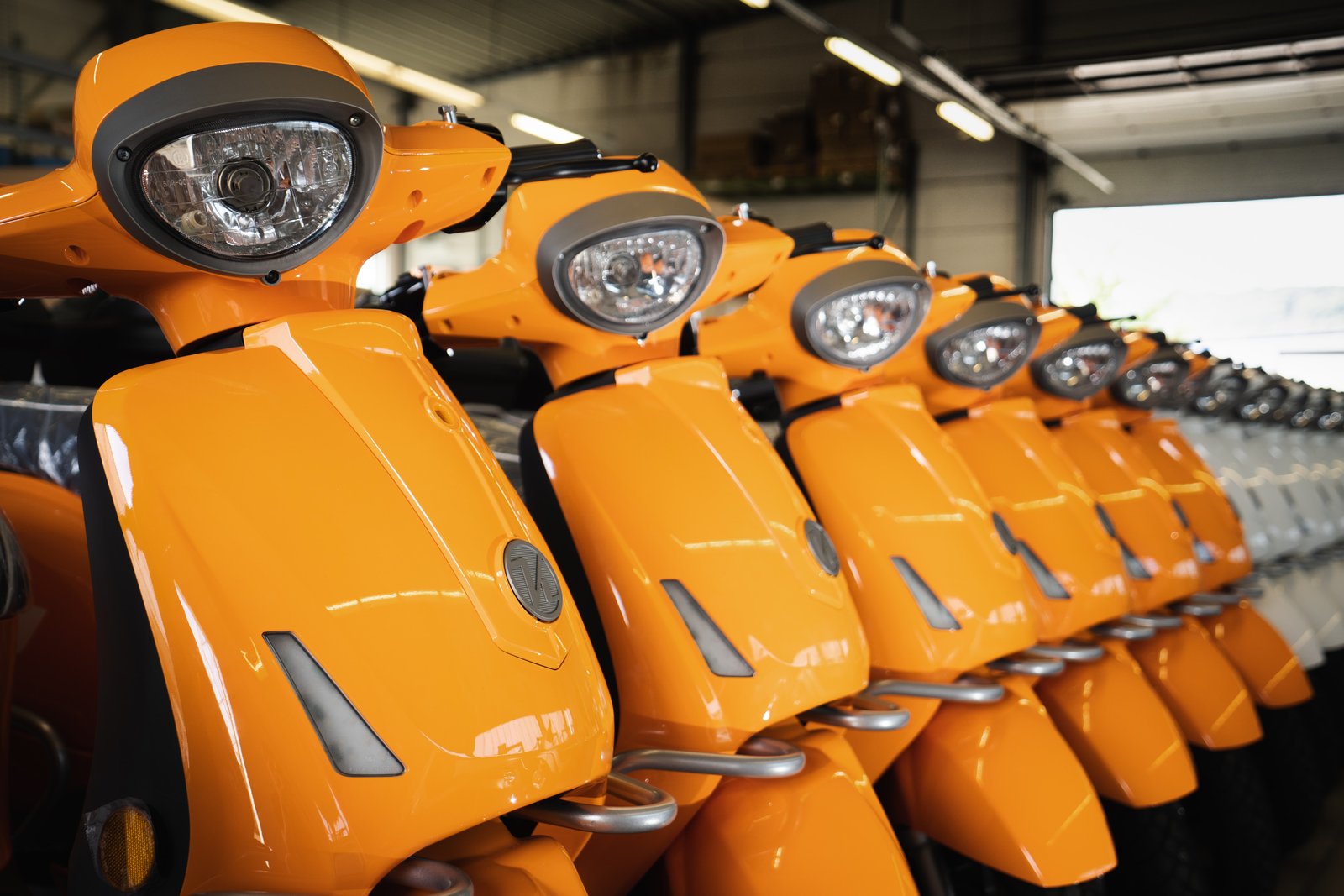


Leave a Comment